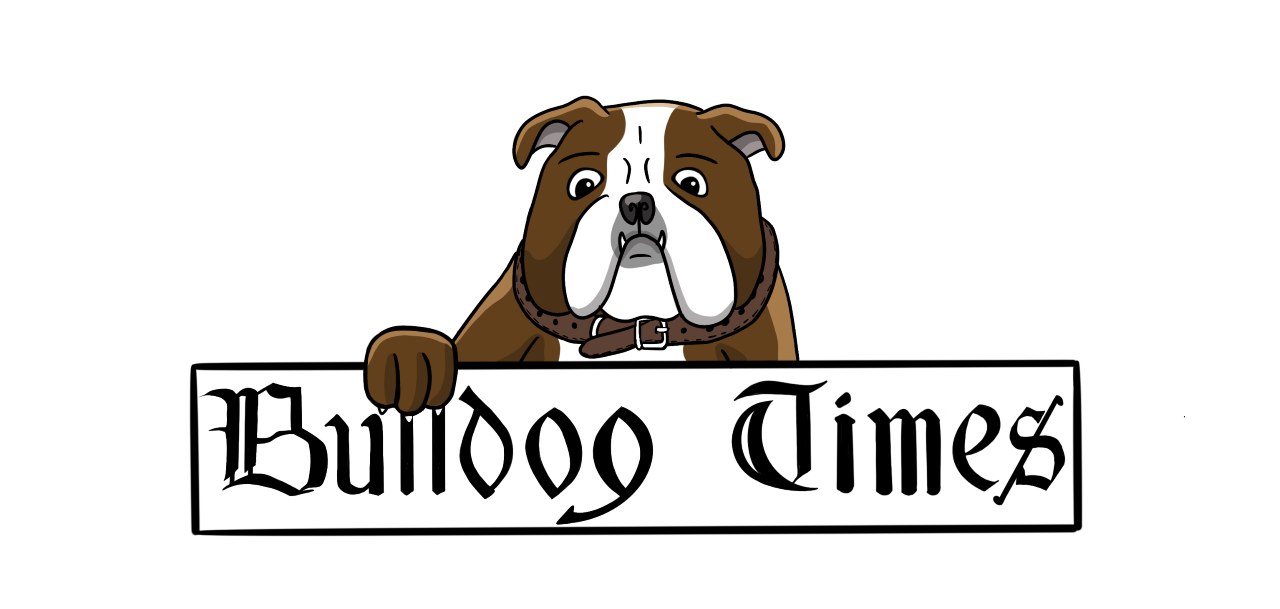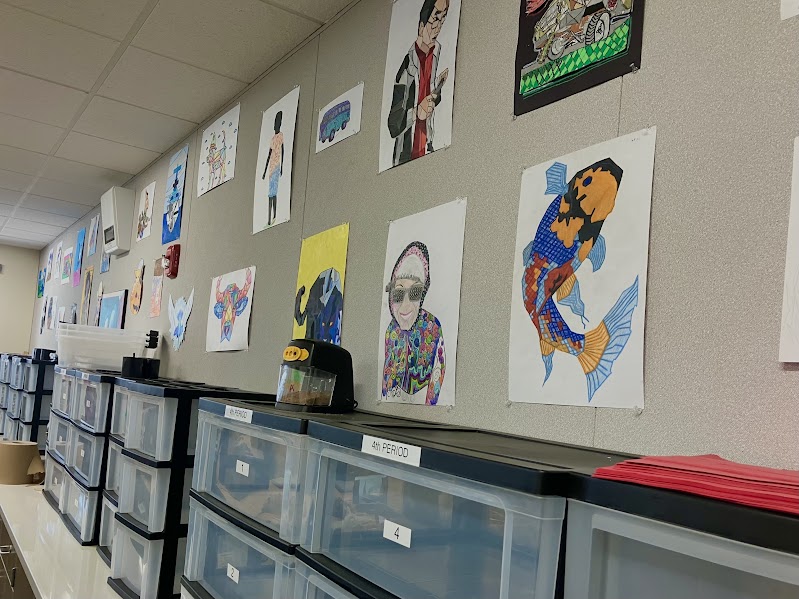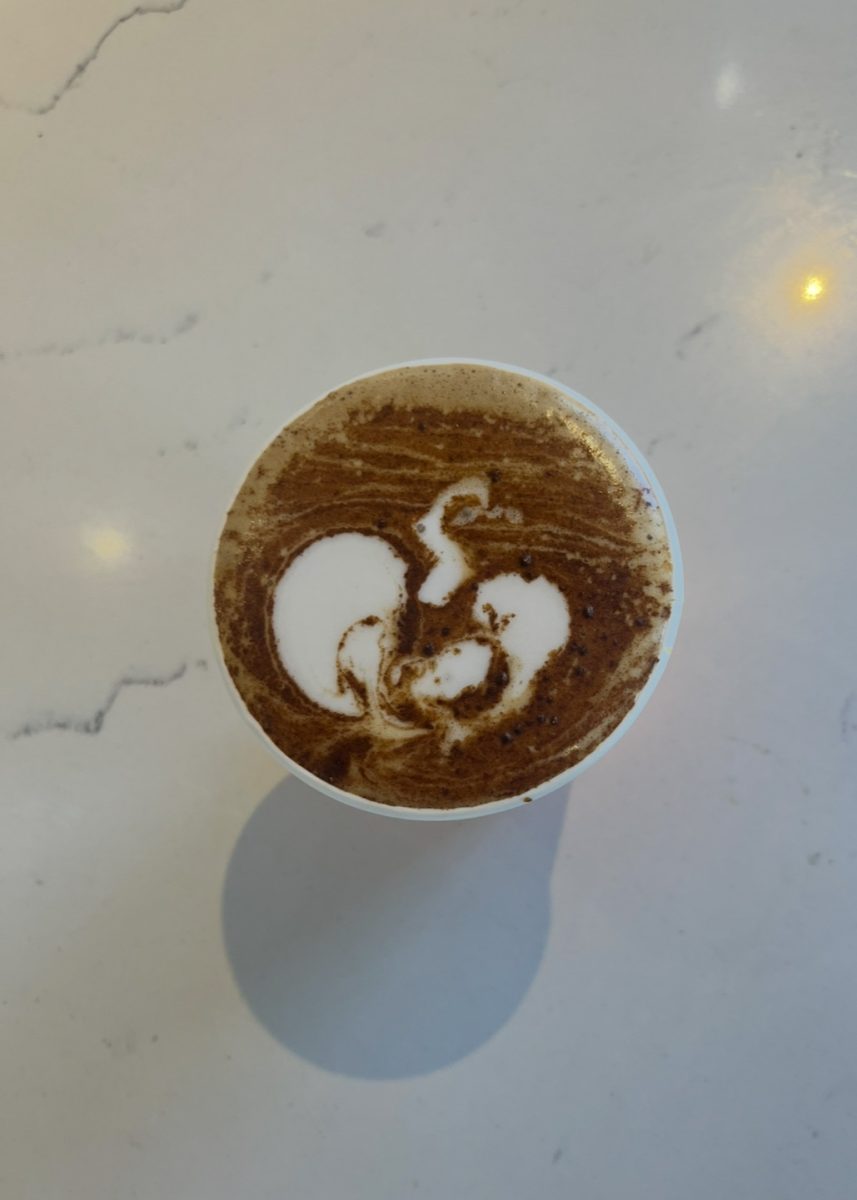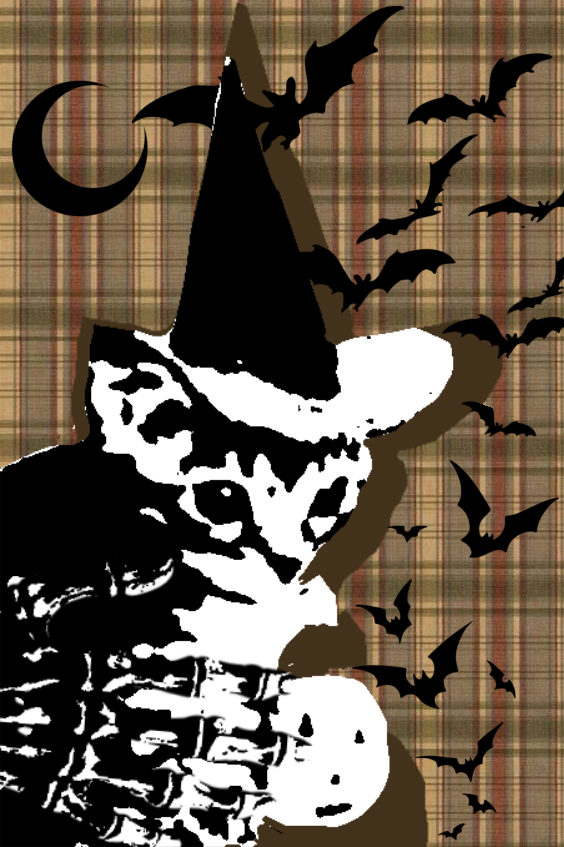AP art classes are elective courses where students can advance their art skills and creative thinking—a rare opportunity to express themselves in the school environment. With the growing influence of artificial intelligence (AI) art, one might inevitably question its presence in the AP art classroom. While CollegeBoard strictly prohibits any use of AI throughout the process, concerns arise regarding the enforcement of these rules. How significant is the impact of AI in the AP Art classroom? Have any students attempted to cheat using AI art?
The answer is pleasantly surprising. There have been no occurrences of AI art usage in Ayala’s AP art classroom. Proactively, art teachers have implemented precautionary measures to prevent the emergence of AI art in their classrooms.
“Typically, with my students, I make them do a very long process of making their work. So that includes doing thumbnails, doing rough sketches, showing process shots, doing a mood board, doing a proof of concept with research, so they can’t just turn in an artwork,” AP 2D Design Art teacher Mr. Daniel Spellman said.
Similarly, AP Studio Art teacher Mr. Sergio Robleto shared his insights on how AI art is easily detectable in the classroom.
“It’s too obvious still when it’s AI art, like no kid is that good. There will be too much of a jump from the stuff they do by hand, and all of a sudden they’re not in a place where they can get away with it,” Robleto said. “And the other thing is, when they do digital work, these programs track when they did it, when the file was made and duration of their work.”
AI art often damages creativity and places the students on an unfair playing field. Many oppose the idea of AI art in the classroom.
“I don’t like [AI art] that much; I think it’s kind of lazy and it diminishes the effort put into people’s art,” AP Studio Art student Sarah Dong (12) said. “Everyone who take [AP Art] like to draw, right? So most people who are in this class already have an interest in art, and I feel like people who use AI art don’t actually have an interest in drawing.”
The AP art classrooms should be the place to practice genuine artistic endeavor; it is not a place for mastering how to best input a prompt that generates the best “art.” The most concerning aspect lies in how people can become overly reliant on these tools, losing trust in their creative ability.
“I think the only concern is if they use it as a crutch for their creativity, they rely on it to be the complete think tank for what they want to do,” Robleto said. “I think that’s a problem because it’s a crutch—it’s something you could completely rely on. And you know as an artist, you got to dig in here in the mind.”
Notably, there are many ways in which art teachers can report unoriginal artwork in their AP portfolio selection.
“When giving the [AP] exam, [teachers are] given two options: either A, I know it’s plagiarized and submit the forms for that, or B, if I’m unsure whether the student made it, then I will just mark the option,” Spellman said.
All things considered, it seems highly impractical to cheat on the AP art exam. Given the widespread access to AI art generators, there appears to be a limit to their impact within the AP classroom. This is encouraging news for those concerned that the integrity of artistic practice in the AP classroom has been compromised by unoriginal AI art.








